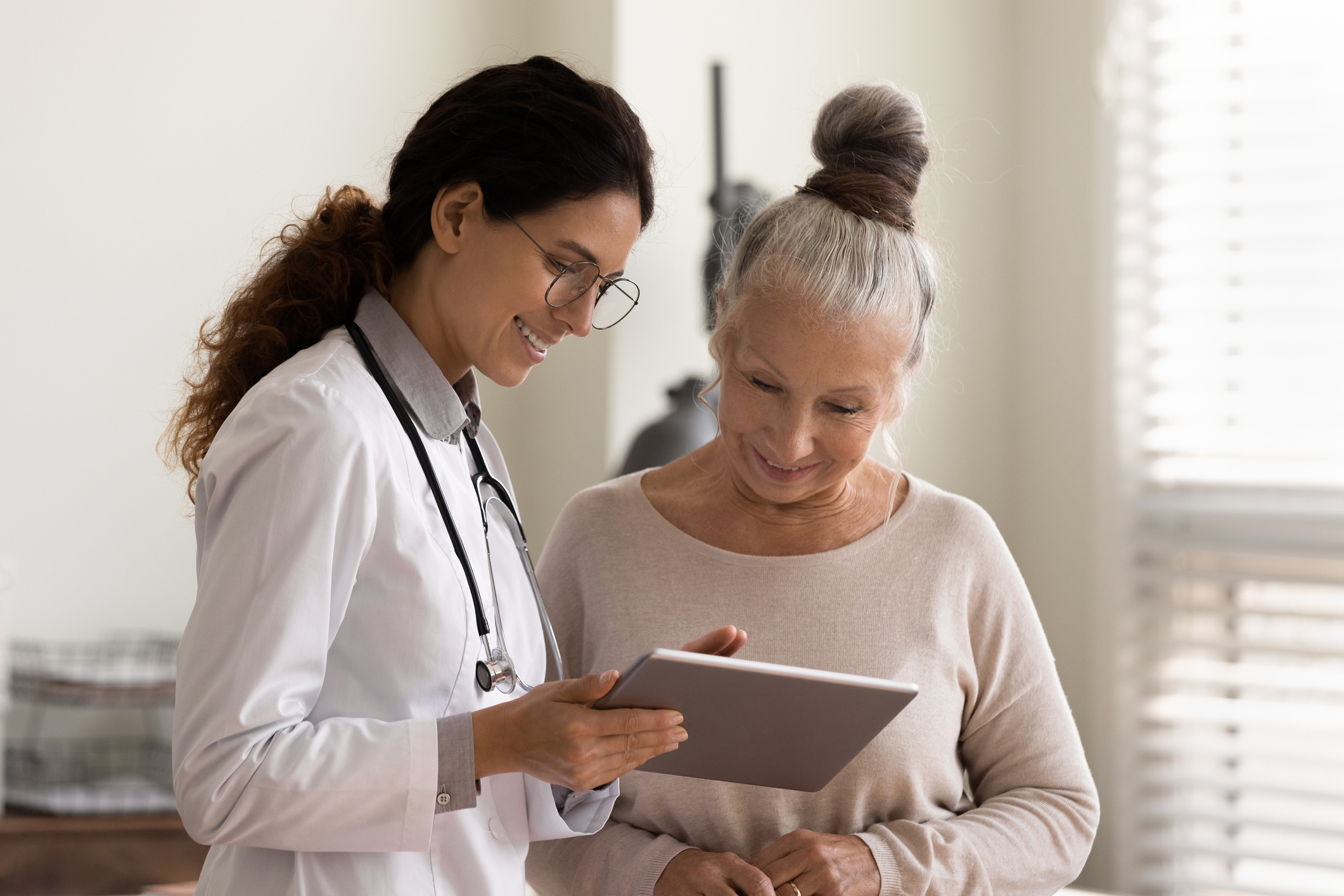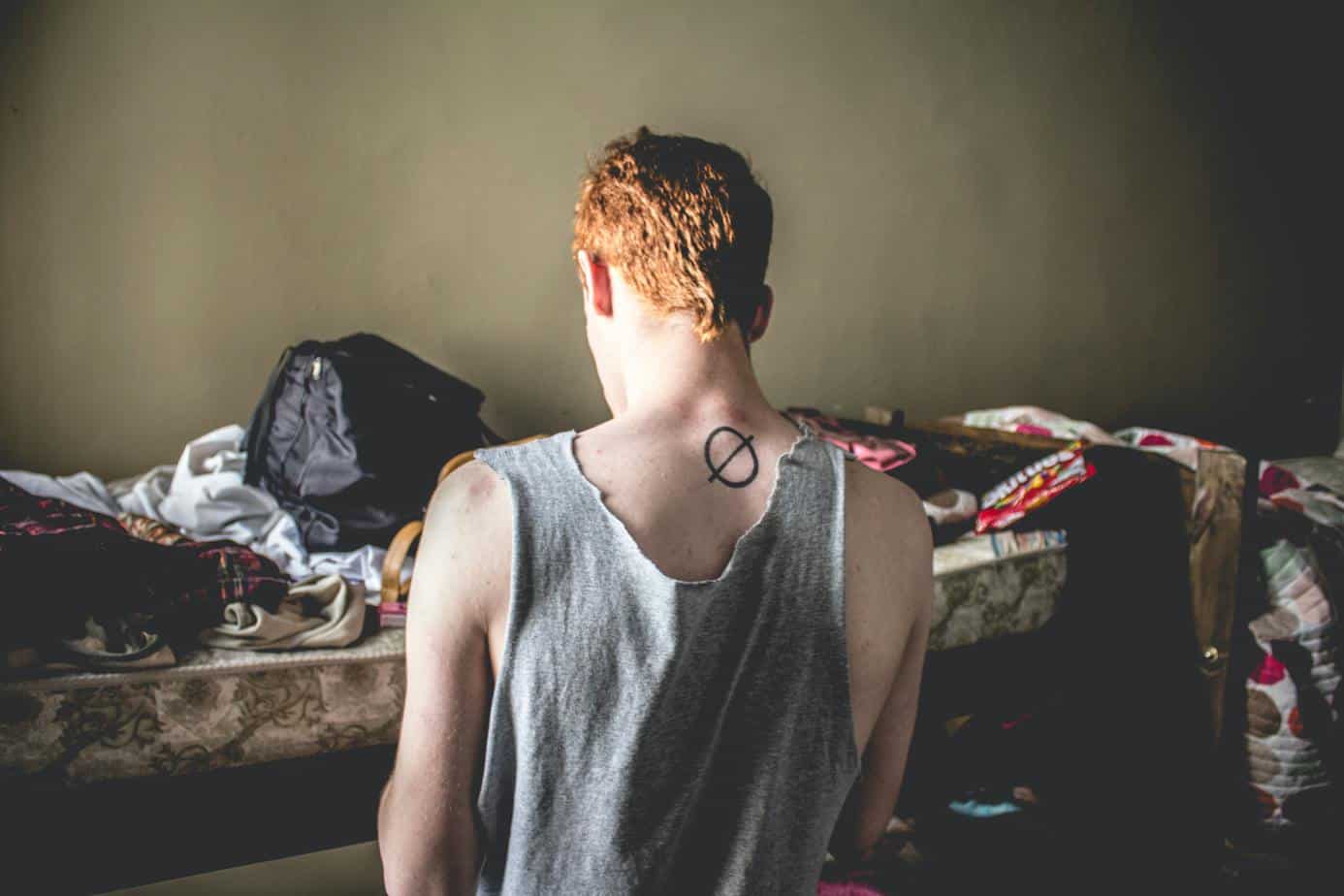Key Takeaways: This article discusses the dangers of opioid addiction, starting with the over prescription of painkillers and leading to the use of heroin and fentanyl. It emphasizes the physical, emotional, and psychological tolls of addiction and suggests steps toward recovery. The article also addresses the importance of understanding addiction, seeking professional treatment, and practicing self-care.
In recent years, the opioid crisis and epidemic have captured the attention of the nation, revealing a painful truth: many individuals find themselves on a tumultuous journey from prescribed painkillers to illicit drugs like heroin or fentanyl. The prescribing of opiates is a slippery slope that can often quickly lead to painkiller addiction signs that quickly turn into a need for fentanyl or heroin addiction treatment. Understanding the progression from painkillers to heroin is crucial for those currently struggling with addiction and for those in recovery. Read on to learn more about the overprescribing of painkillers, how painkillers can lead to addiction, heroin addict signs, and opiate addiction treatment options.
The Allure of Painkillers
Painkillers, particularly opioid medications, are often prescribed to manage acute or chronic pain. Drugs such as oxycodone, hydrocodone, and morphine can provide significant relief, making them popular among patients seeking to alleviate suffering. The immediate effects of these medications can be euphoric, providing not just relief from pain but an appealing “high.”.
However, this allure can quickly turn into dependency. The brain becomes accustomed to these highly addictive drugs, leading to a decreased sensitivity to pain and a heightened need for the drug to achieve the same effects. As tolerance builds, people may find themselves increasing their dosage or frequency of use, setting the stage for addiction and the need for drug intervention programs.
The Transition from Prescription to Addiction
For many, the journey from painkillers to heroin begins with a prescription. Initially, these medications serve a legitimate purpose, helping patients recover from surgery or manage chronic conditions. However, as tolerance develops, people often find themselves facing a dilemma: either continue increasing their dosage or seek alternative means to maintain their high.
This is where the transition often occurs. When prescriptions run out or become more difficult to obtain—whether due to stricter regulations or a physician’s hesitance to prescribe more—individuals may turn to illicit sources. Is heroin a painkiller? Yes, it is one of the strongest—and cheapest. For this reason, heroin becomes an attractive option for those in need of a fix.
Overprescribing and Its Consequences
Many doctors, perhaps well-intentioned, have historically prescribed opioids with little regard for the potential for addiction. Opioid crisis statistics have shed light on this issue, leading to a reevaluation of prescribing practices across the country. Doctors now understand hydrocodone addiction liability in addition to other prescription painkillers.
Patients may receive prescriptions for pain management without a thorough discussion of the risks associated with opioid use. As a result, many may not fully understand the potential of these highly addictive drugs until it is too late. The medical community is increasingly aware of this issue, and many physicians are now adopting more cautious approaches to pain management, often exploring alternative treatments before resorting to opioids.
The Role of Fentanyl in the Crisis
The introduction of fentanyl into the drug market has exacerbated the opioid crisis. Fentanyl, a synthetic opioid that is significantly more potent than heroin, has become a common adulterant in street drugs. Users may unknowingly consume fentanyl-laced heroin, leading to an increased risk of overdose and death. In addition, fentanyl withdrawal symptoms are incredibly uncomfortable, and in rare cases, life-threatening, so it is difficult for those addicted to stop on their own.
For those in active addiction, the presence of fentanyl means that the stakes are higher than ever. A single use of a fentanyl-laced substance can lead to a fatal overdose, making it imperative for individuals to understand the risks associated with their drug use. The potency of fentanyl can be deceptive; what might seem like a manageable dose of heroin could quickly turn lethal when mixed with fentanyl. While the opioid overdose response has been fairly high-profile, many still do not understand the dangers and are unaware of heroin addiction treatment or fentanyl addiction treatment.
The Emotional and Psychological Toll
The journey from painkillers to heroin is not just a physical transition but also an emotional and psychological one. Addiction often leads to a cycle of shame, guilt, and isolation. Individuals may find themselves alienated from friends and family, struggling to hold down jobs, and facing legal issues—all of which can perpetuate the cycle of addiction. Painkiller addiction symptoms can also be easy to conceal at the outset, and friends and family may not notice there is a problem until the addiction has taken a stronghold.
For those in recovery, confronting the emotional scars left by addiction is a critical step toward healing. Therapy, support groups for opiate addiction, and counseling can provide the necessary tools to process these feelings and rebuild a life free from substance dependence. Understanding that the journey to recovery is not just about abstaining from drugs but also about addressing the underlying emotional issues is vital for long-term success.
Taking Steps Toward Recovery
If you or someone you know is struggling with addiction to painkillers or heroin, know that drug detox, heroin addiction treatment, and ultimately, opiate addiction recovery are possible. The first step is acknowledging the problem and seeking help.
Reach Out for Support
Having a support system is crucial whether it’s friends, family, or a professional. Support groups like Narcotics Anonymous (NA) or SMART Recovery can provide a community of individuals who understand your struggles.
Consider Professional Treatment
Drug prescription rehab and opioid treatment programs like Mountainside are available. This may include inpatient rehabilitation, outpatient programs, and medication-assisted treatment (MAT), which provides medications and effective drugs to get off heroin. Each individual’s journey is unique, and finding the right program can make all the difference.
Practice Self-Care
Engage in activities that promote physical and mental health. Exercise, meditation, and hobbies can provide healthy outlets for stress and anxiety. Finding engaging and worthwhile activities after heroin addiction treatment, along with a quality support system, are imperative for long-term sobriety.
Be Patient
Recovery is a journey, and it’s essential to be patient with yourself. Setbacks may occur, but they don’t define your path. Celebrate your progress, no matter how small.
The path from painkillers to heroin is a tragic reality for many individuals battling addiction. By understanding the risks associated with painkillers, seeking help, and practicing self-care, people can reclaim their lives from the grips of addiction.
If you or a loved one is struggling with addiction, Mountainside can help.
Click here or call (888) 833-4676 to speak with one of our addiction treatment experts.

 By
By 






